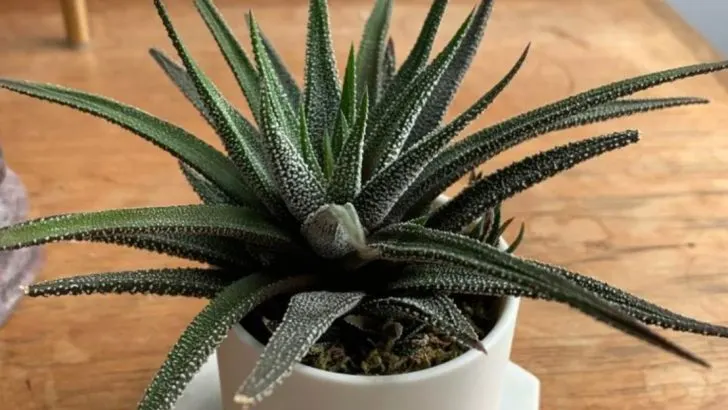Your lungs deserve a leafy SWAT team! Imagine a tribe of green guardians, silently scrubbing radiation, chemicals, and cigarette smoke from your air. They’re not decoration—they’re frontline fighters in your living room. Place a peace lily by your desk to neutralize toxins with one graceful bloom. Let Boston ferns drizzle humidity and trap pollutants like microscopic nets. Deploy spider plants in every corner to gobble up formaldehyde before it even whispers. No hazmat suit required—just pots, soil, and a bit of botanical swagger. Your sanctuary transforms into a purification party, where each leaf pitches in. Team up with snake plants, aloe vera, and bamboo palms for all-around defense. Ready to build your home’s invisible shield? Grab those pots, let the green brigade assemble, and breathe deep—your air is about to get heroically clean.
Spider Plant
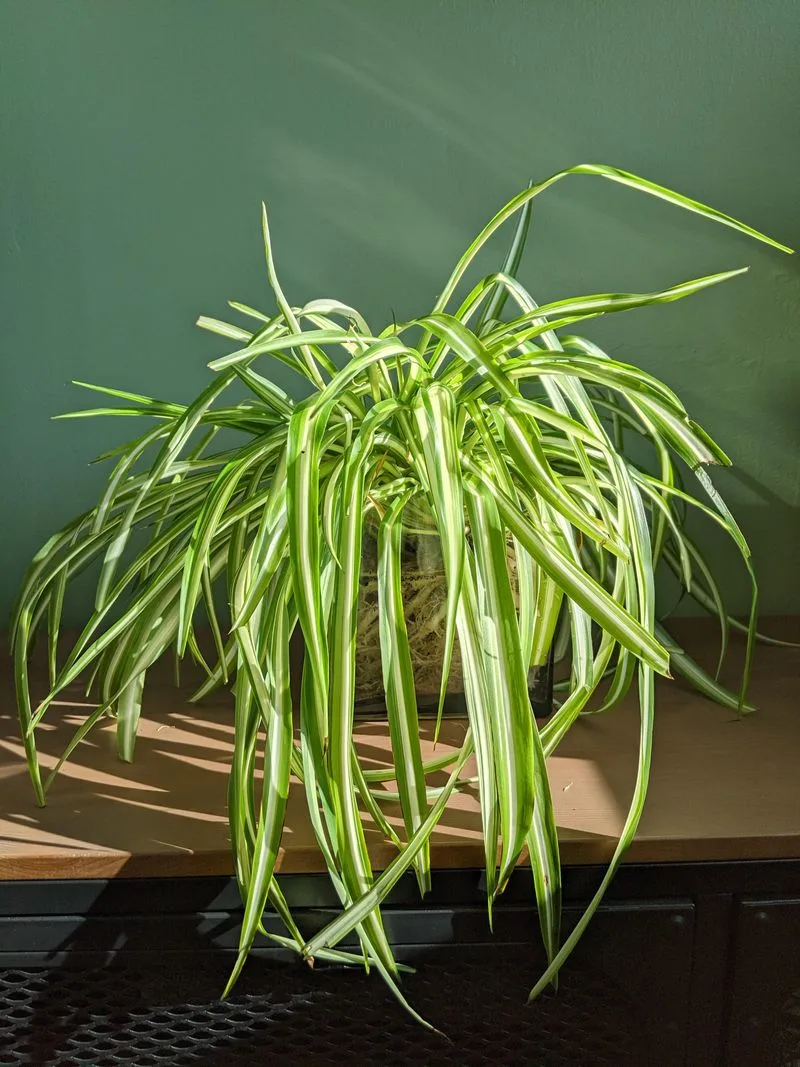
A household favorite, the Spider Plant boasts a striking appearance with its arching leaves. Often found in hanging baskets, this plant is known for its robust ability to purify the air. It effectively absorbs harmful substances such as formaldehyde, leaving your indoor environment fresher.
Its resilience makes it an ideal choice for beginners. With minimal care, it flourishes in indirect sunlight, making it a versatile addition to any room. Did you know? The Spider Plant can also help absorb small amounts of radiation from electronics, providing an added layer of protection.
Peace Lily
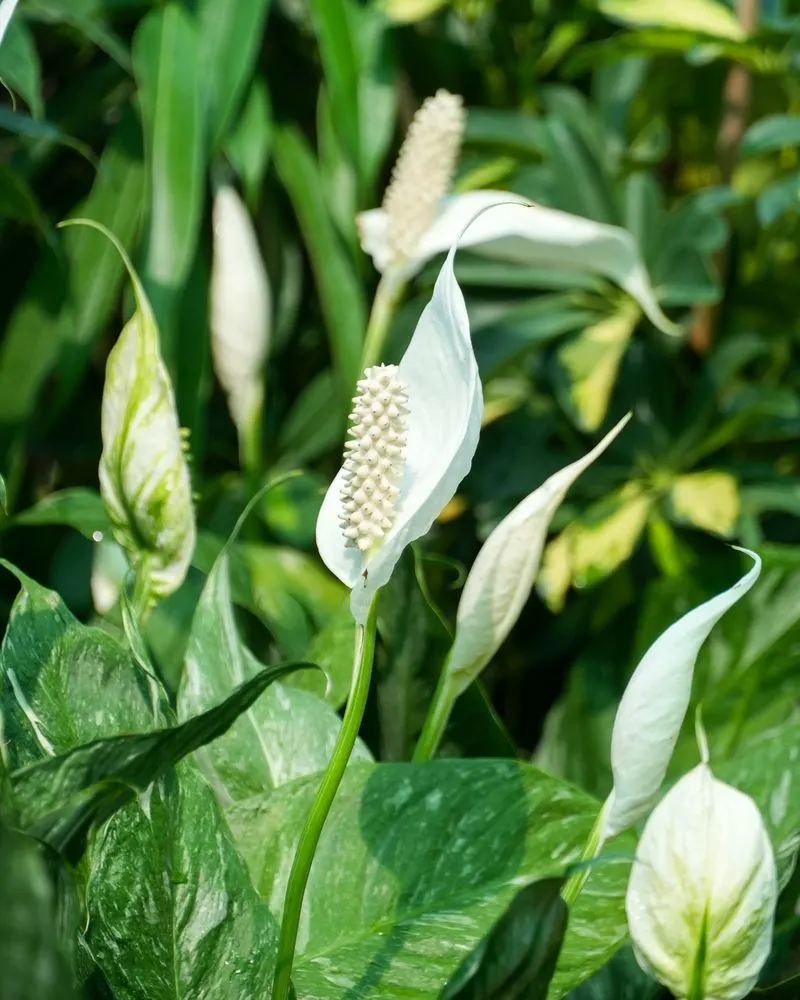
With its elegant white blooms, the Peace Lily is more than just a pretty face. This hardy plant is renowned for its ability to filter out toxins like ammonia and benzene from the air, making it a powerful ally in maintaining a healthy living space.
Thriving in low-light conditions, it’s perfect for offices and dim corners of your home. A weekly watering keeps it happy. Fun fact: The Peace Lily not only cleans the air but also reduces mold spores, adding extra protection against pollutants.
Snake Plant
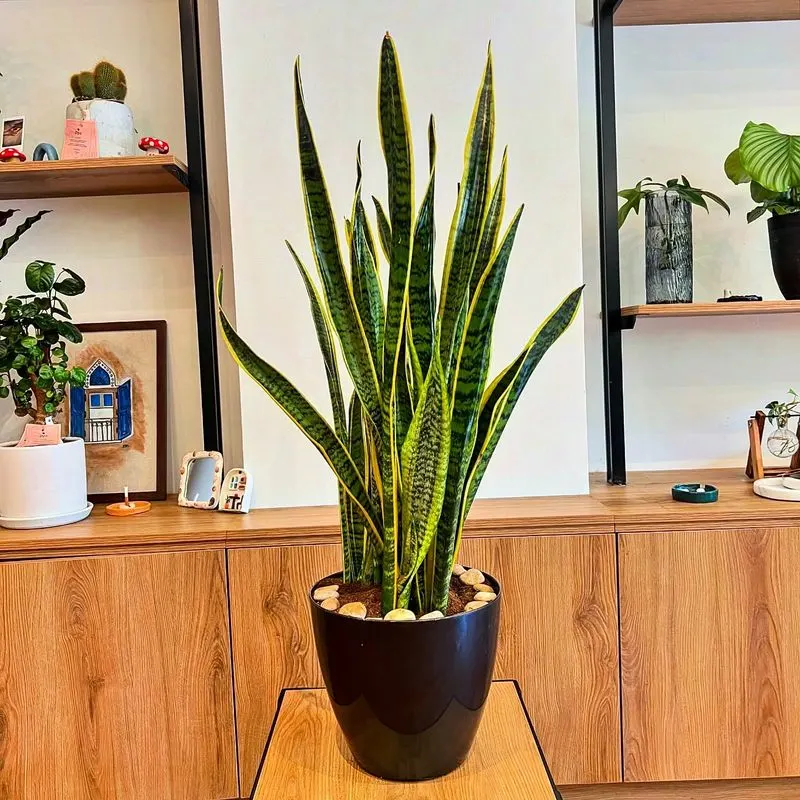
Tall and commanding, the Snake Plant is a striking addition to any home. It stands out with its sharp, upright leaves and is celebrated for its exceptional air-purifying qualities. Known to absorb toxins such as formaldehyde and xylene, it works tirelessly day and night.
Perfect for busy individuals, this plant requires little attention. It’s drought-resistant and thrives in various lighting conditions. Did you know? The Snake Plant is also recognized for its ability to convert carbon dioxide into oxygen at night, promoting better sleep.
Aloe Vera
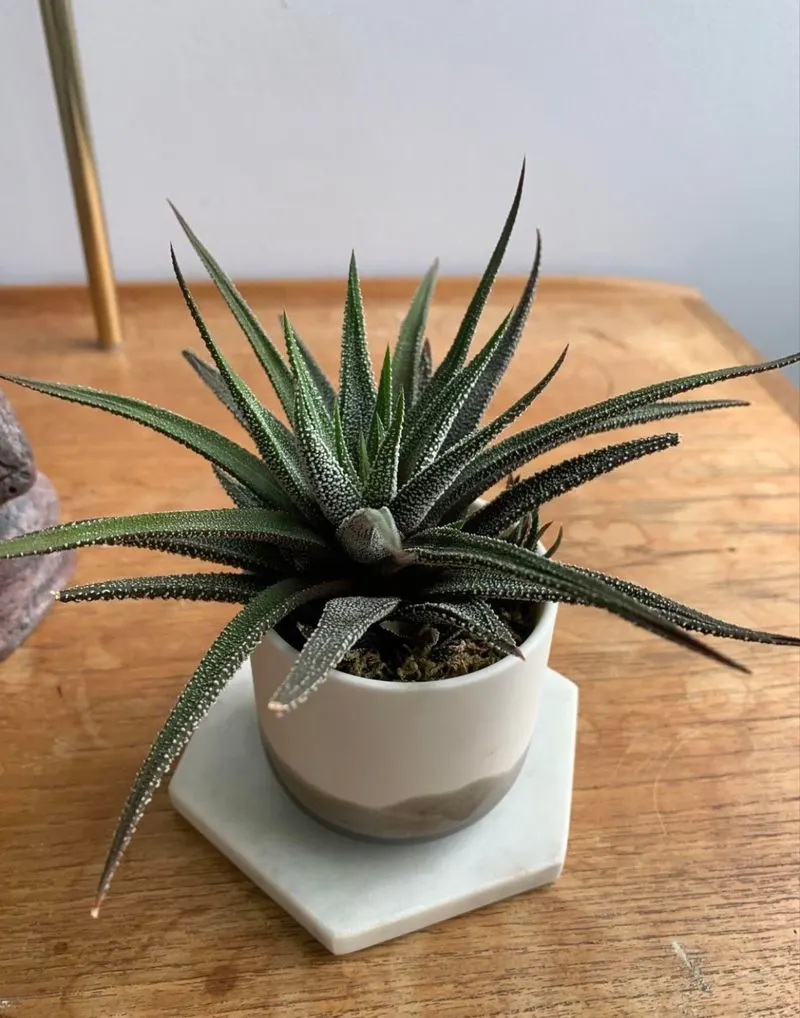
Aloe Vera is more than a medicinal marvel; it’s a powerful air purifier. This succulent is adept at removing chemicals like formaldehyde and benzene, often found in household cleaning products.
Its fleshy leaves not only store water, making it drought-resistant, but also release oxygen at night, enhancing the air quality in your bedroom. A quirky fact: Aloe Vera plants can show signs of brown spots when the level of harmful chemicals in the air becomes excessive, acting as a natural air quality monitor.
Boston Fern
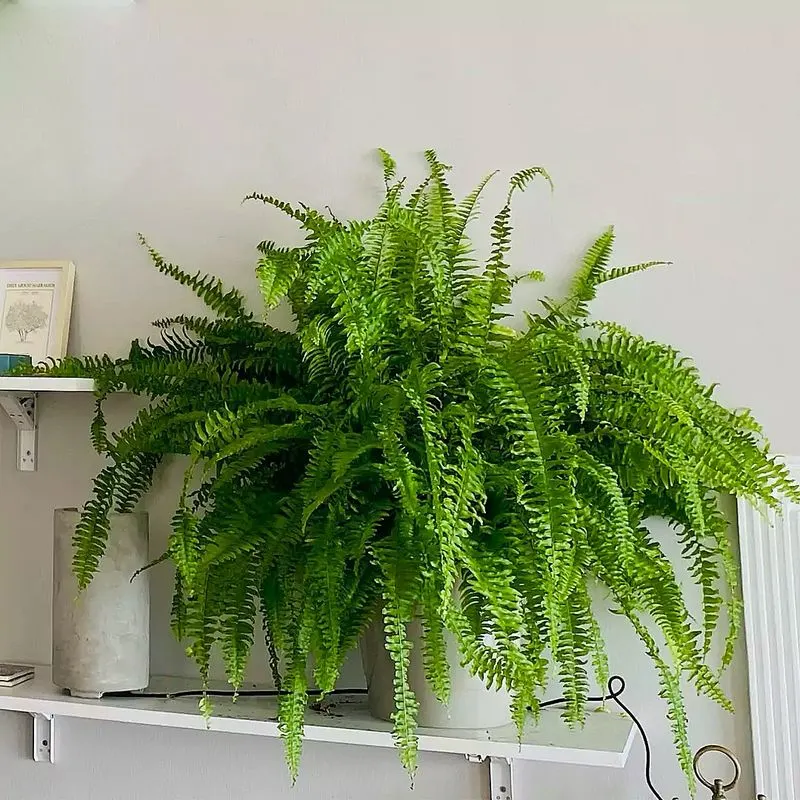
The Boston Fern adds a touch of lush greenery to your home while working hard to clean the air. Known for its ability to remove pollutants such as formaldehyde and xylene, this fern is a natural air freshener.
It thrives in humid environments, making it ideal for bathrooms or kitchens. With regular misting, it maintains its verdant charm. An interesting tidbit: The Boston Fern is often considered one of the most efficient air-purifying plants, consistently ranking high in studies for its detoxifying prowess.
Bamboo Palm
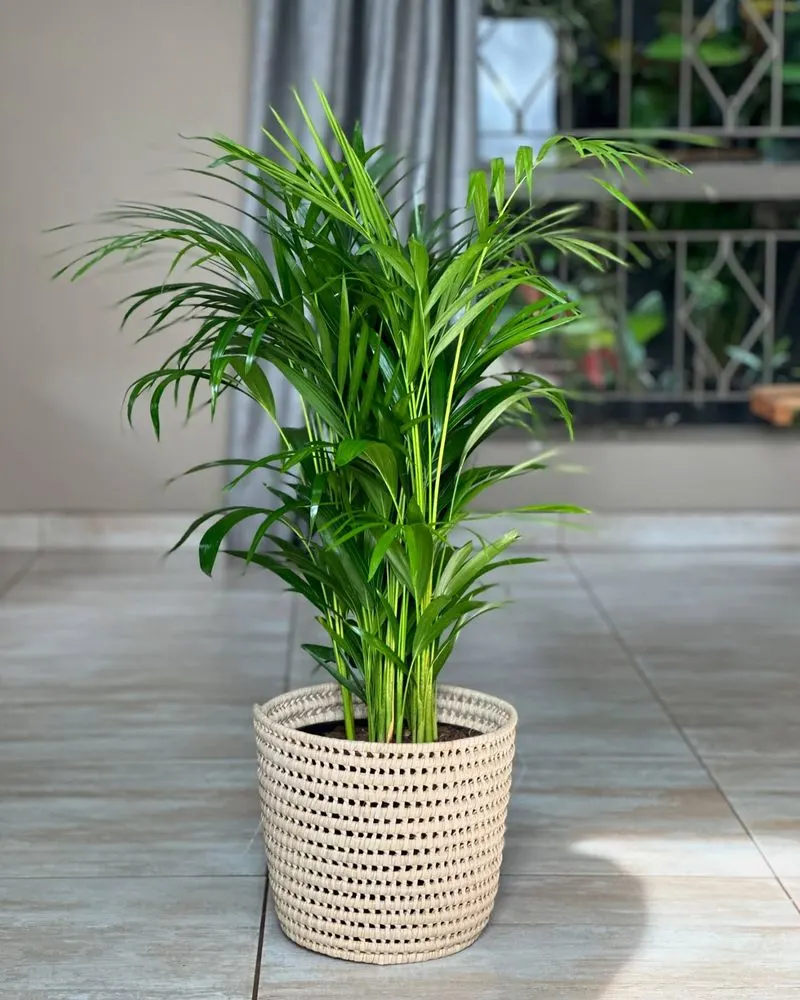
The Bamboo Palm is a tropical delight that brings a serene vibe to any space. Its feathery fronds are not only visually appealing but also effective in filtering harmful substances like formaldehyde, benzene, and trichloroethylene.
This plant thrives in indirect light and regular watering keeps it healthy. Fun fact: Its ability to humidify the air naturally complements its purification properties, making it a dual-purpose plant for holistic home wellness.
Rubber Plant

The Rubber Plant stands tall with its broad, glossy leaves, making a bold statement in any room. Apart from its aesthetic appeal, it excels at combating toxins like formaldehyde, making your home a safer environment.
It prefers bright, indirect sunlight and occasional watering. Did you know? The Rubber Plant’s sap has been traditionally used in some cultures for medicinal purposes, adding to its unique charm and history.
English Ivy

English Ivy is a classic beauty known for its climbing nature and air-cleansing abilities. It’s particularly efficient in absorbing formaldehyde, benzene, and even harmful particles from cigarette smoke, purifying the air indoors.
Its versatility allows it to thrive in both hanging baskets and as a ground cover. A little-known fact: English Ivy can also help reduce indoor mold levels, adding another layer of protection for your home.
Areca Palm
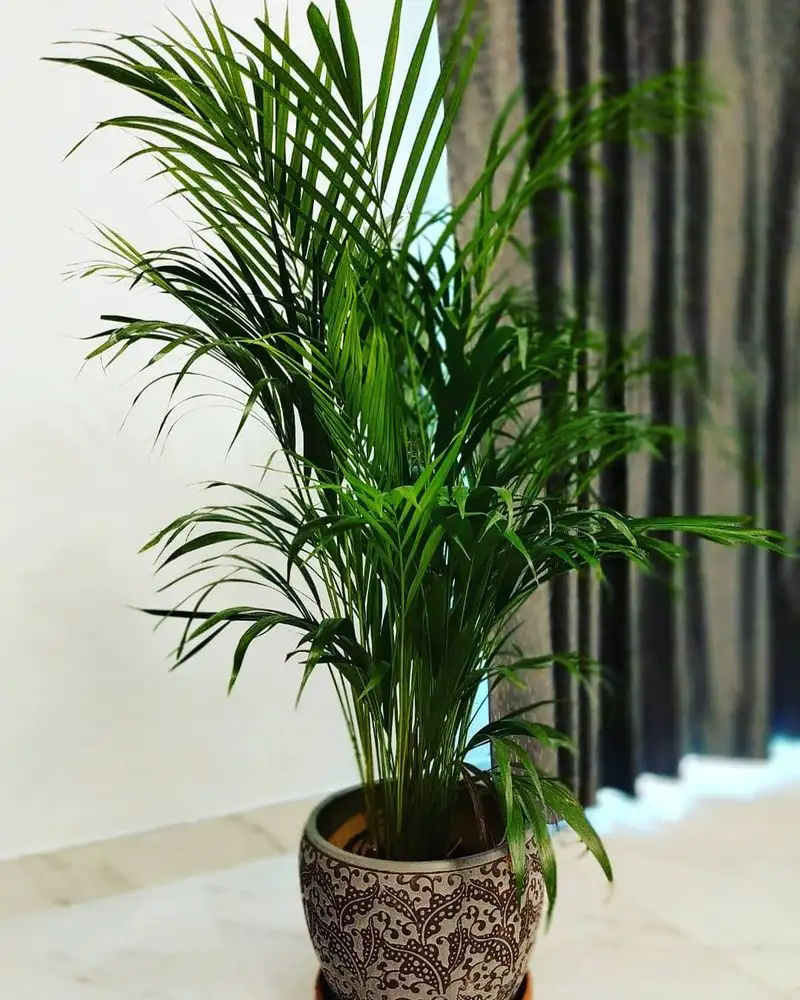
The Areca Palm’s lush, feathery fronds not only bring the tropics indoors but also excel at purifying the air. It effectively removes toxins like formaldehyde and xylene, promoting a cleaner living space.
This plant flourishes in filtered light and enjoys regular watering. A fascinating fact: The Areca Palm not only cleans the air but also acts as a natural humidifier, adding moisture to dry indoor environments.
Chrysanthemum
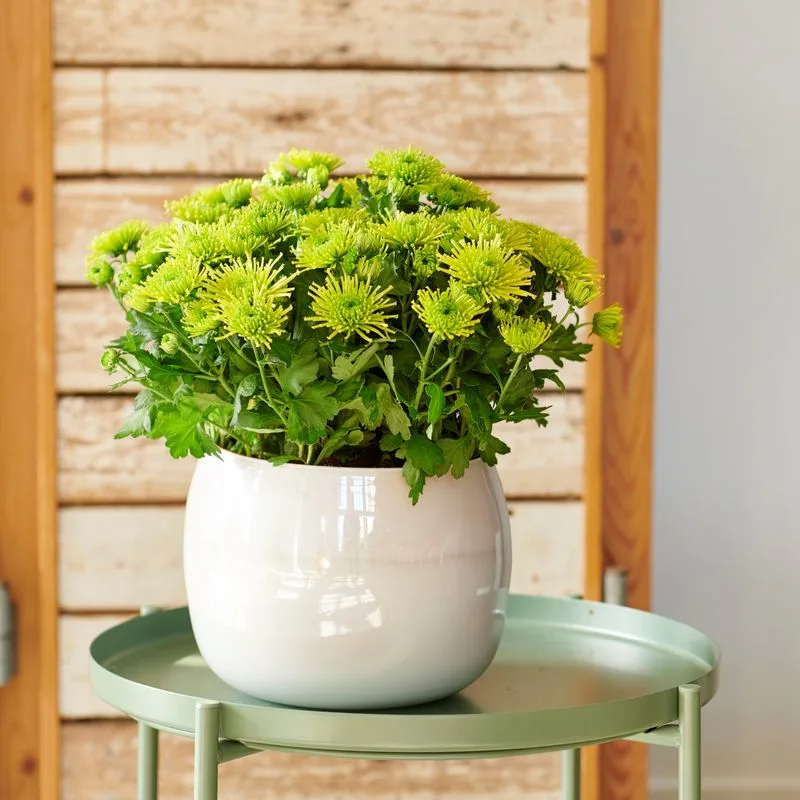
Chrysanthemums, often celebrated for their vibrant blooms, offer more than just beauty. They are formidable air purifiers, especially effective at removing toxins like ammonia, benzene, and formaldehyde.
These plants thrive in sunny spots and require regular watering. An intriguing tidbit: In addition to their air-purifying prowess, Chrysanthemums have been used in traditional medicine for their anti-inflammatory properties, making them a multifaceted addition to any home.
Dracaena
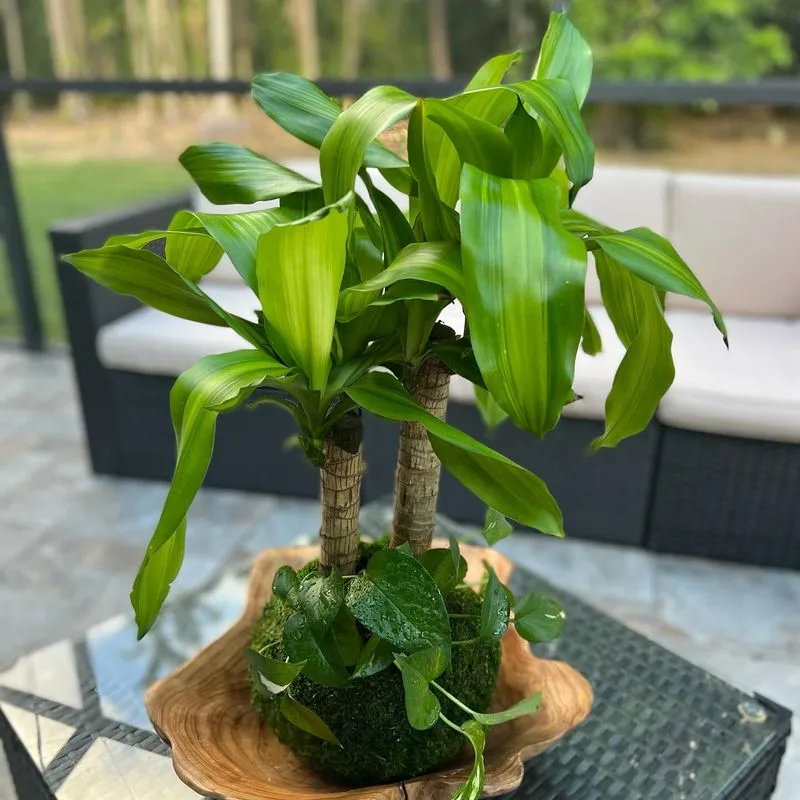
Dracaena is a versatile plant with long, slender leaves that add a modern aesthetic to any setting. It’s famed for its ability to remove a variety of toxins, including formaldehyde, trichloroethylene, and benzene.
This plant thrives in moderate light and prefers minimal watering. Did you know? Dracaena is often considered a symbol of good luck in some cultures, adding a touch of positivity to its air-cleansing capabilities.
Ficus Tree
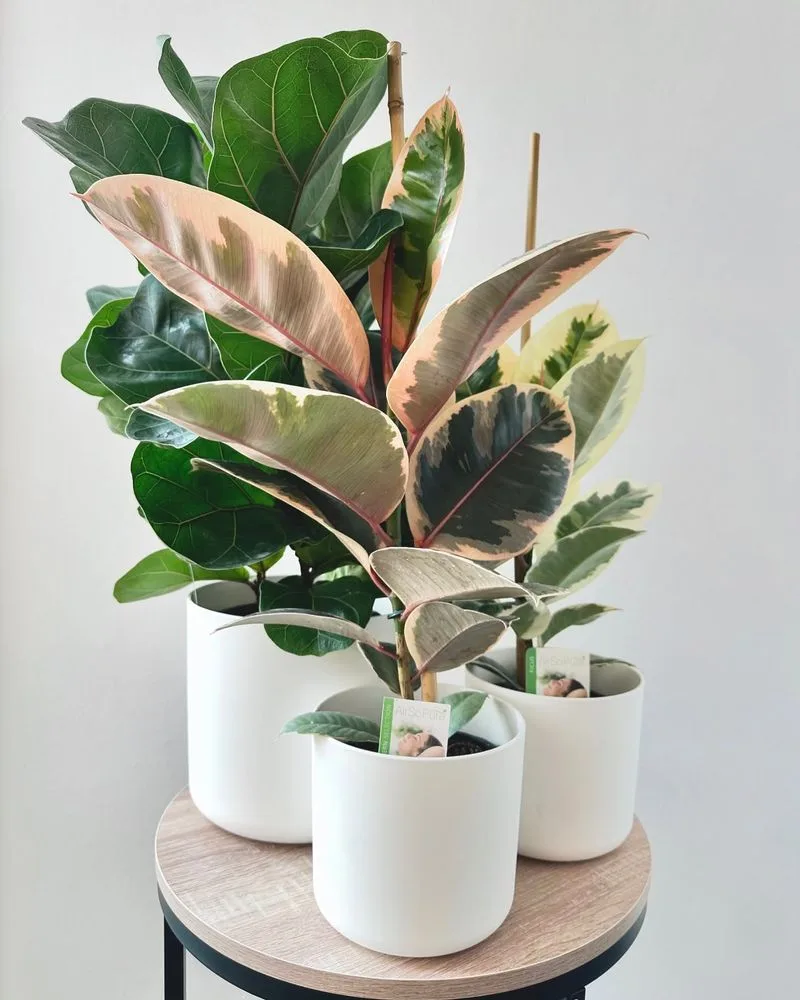
The Ficus Tree is a popular indoor plant with a reputation for enhancing air quality. Its lush canopy of leaves is adept at filtering out pollutants like formaldehyde, making it a valuable addition to any home.
Thriving in bright, indirect light, this plant requires regular, but not excessive, watering. A fun fact: The Ficus Tree has been a staple in interior design for its elegance and air-purifying benefits, bridging aesthetics and functionality.
Philodendron
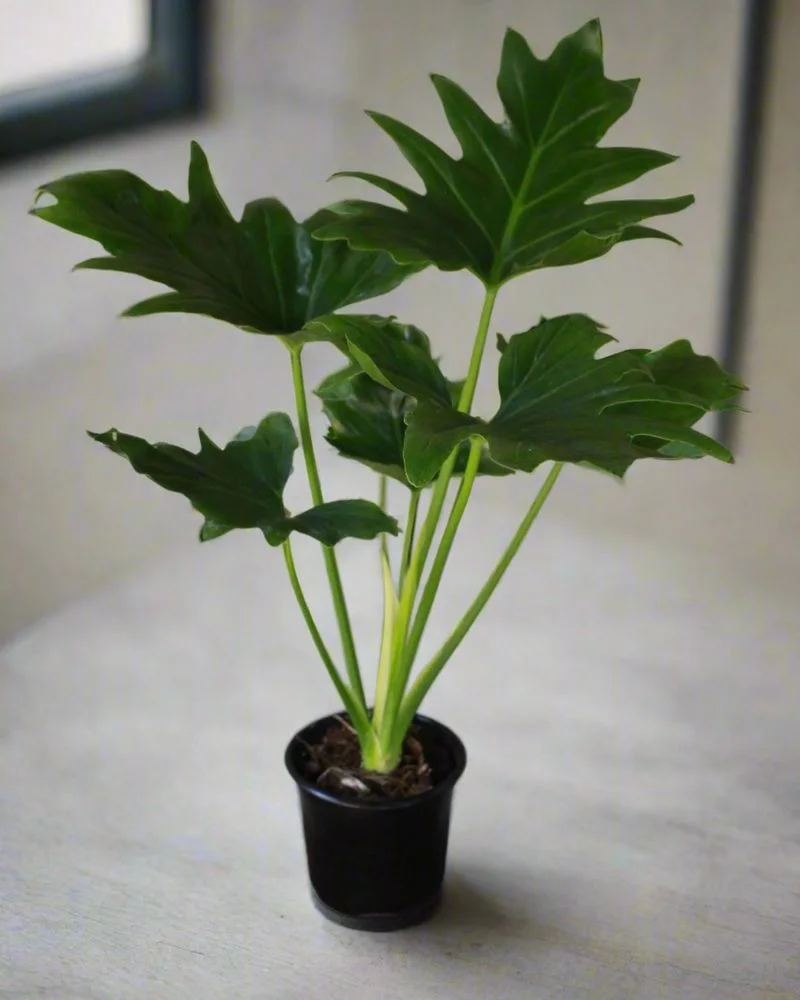
Philodendrons are beloved for their heart-shaped leaves and trailing growth, making them a charming addition to your home. They are particularly skilled at absorbing harmful chemicals like formaldehyde and xylene.
These plants are easy to care for, thriving in low-light conditions with moderate watering. Did you know? Philodendrons are often used in phytoremediation projects to rehabilitate polluted environments, showcasing their powerful detoxifying abilities.
Gerbera Daisy

Gerbera Daisies are not just eye-catching with their vibrant blooms; they are also effective air purifiers. Known for removing toxins like benzene, they contribute to a healthier living space.
These daisies prefer bright light and regular watering. A quirky note: Gerbera Daisies continue to release oxygen at night, making them perfect companions for bedrooms in need of fresher air.
Weeping Fig
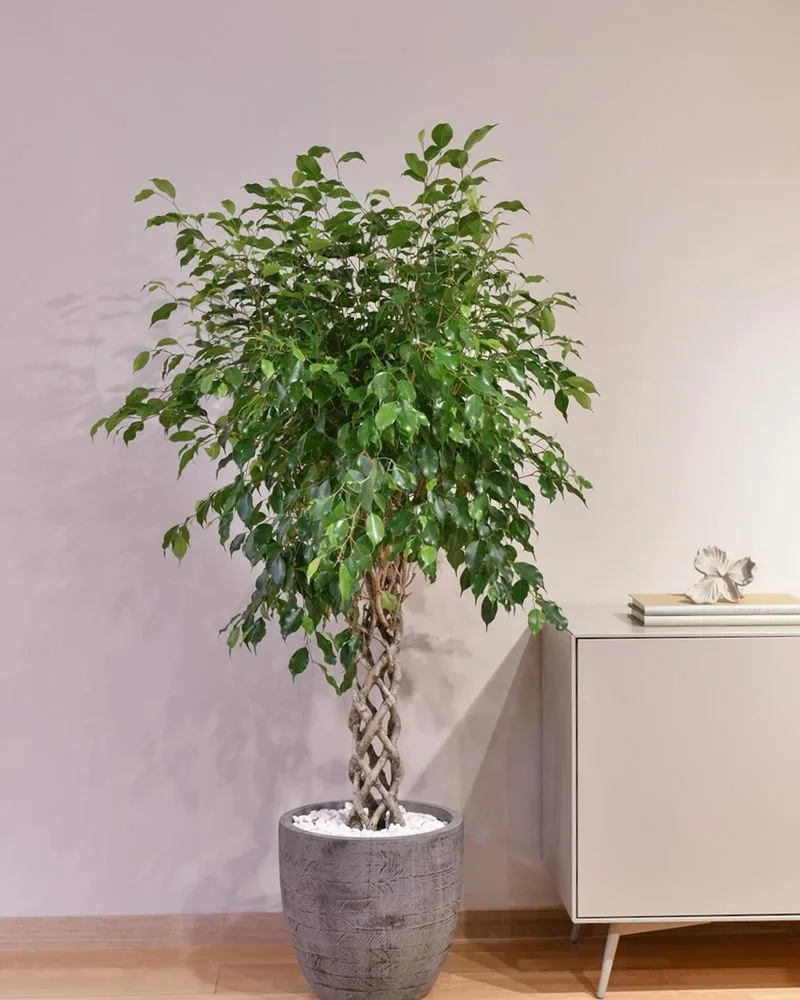
The Weeping Fig, with its graceful branches and glossy leaves, is a stunning addition to any interior. It’s recognized for its ability to filter out pollutants such as formaldehyde, xylene, and toluene.
This plant thrives in bright, indirect sunlight and enjoys consistent watering. A fun fact: The Weeping Fig is a popular choice for bonsai, showcasing its versatility and timeless appeal.
Golden Pothos
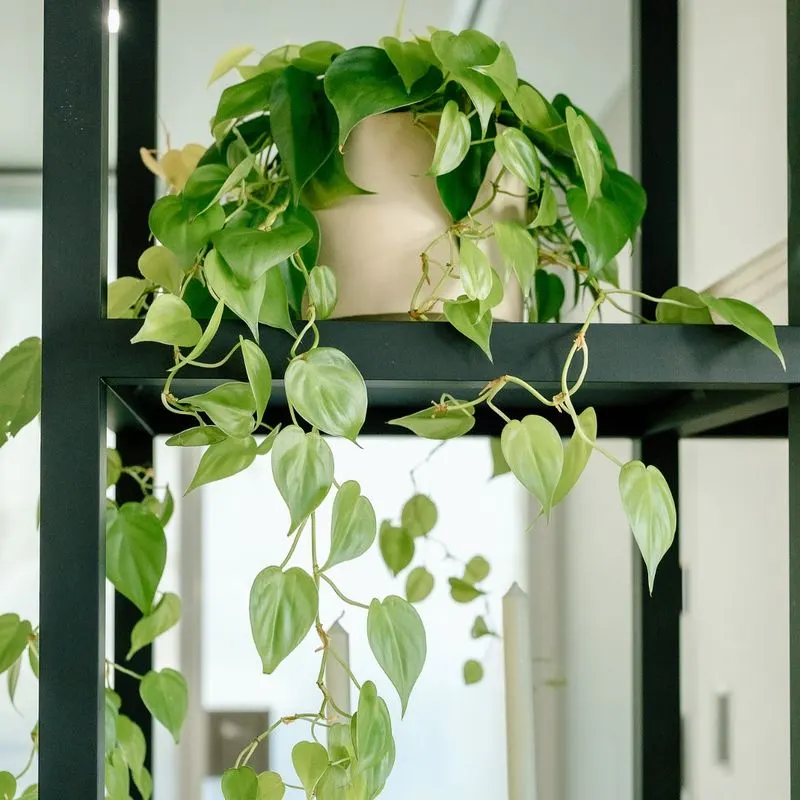
Golden Pothos is a versatile vine known for its hardy nature and air-purifying properties. It’s adept at absorbing formaldehyde, benzene, and xylene, making it a top choice for improving indoor air quality.
This plant thrives in a variety of lighting conditions and requires minimal care. Did you know? Golden Pothos is often dubbed the “Devil’s Ivy” because of its ability to survive almost in the dark, highlighting its resilience and adaptability.
Parlor Palm
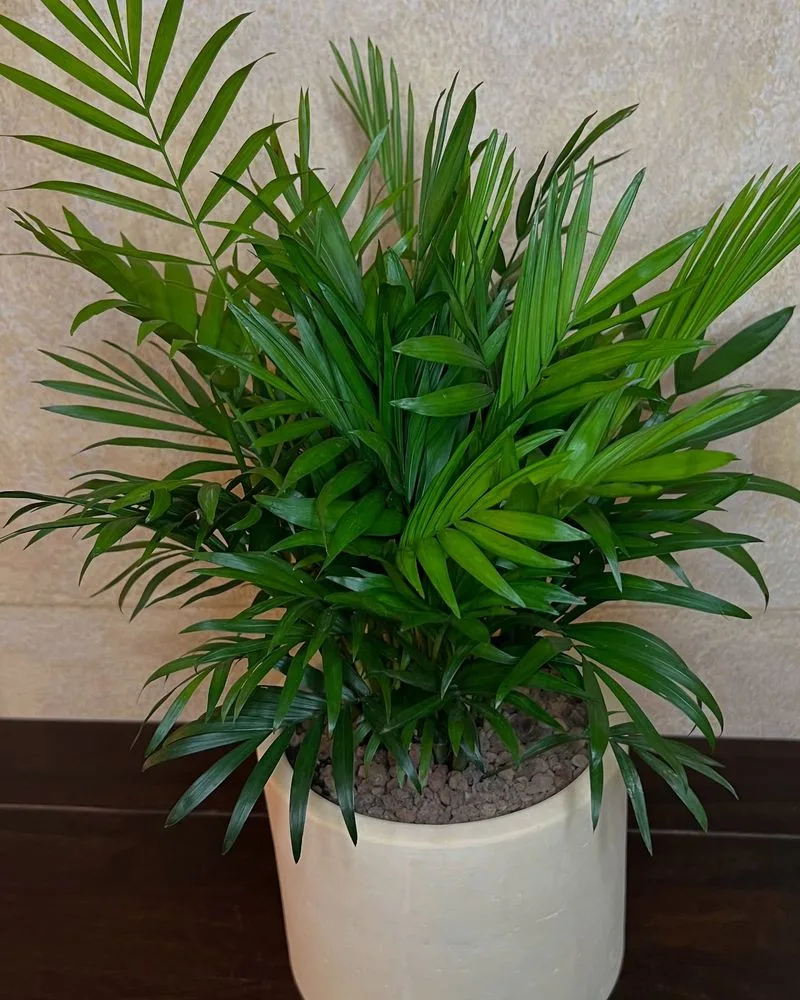
The parlor palm, with its elegant fronds and air of tropical tranquility, is a silent guardian of indoor spaces. This resilient plant thrives in low light and works diligently to remove toxins such as formaldehyde and benzene from the air.
Its ability to adapt to various environments makes it a favorite among home gardeners. In addition to its purifying prowess, the parlor palm adds a touch of elegance to any room.
Did you know? The parlor palm was a symbol of luxury in Victorian times, gracing the homes of the elite.

